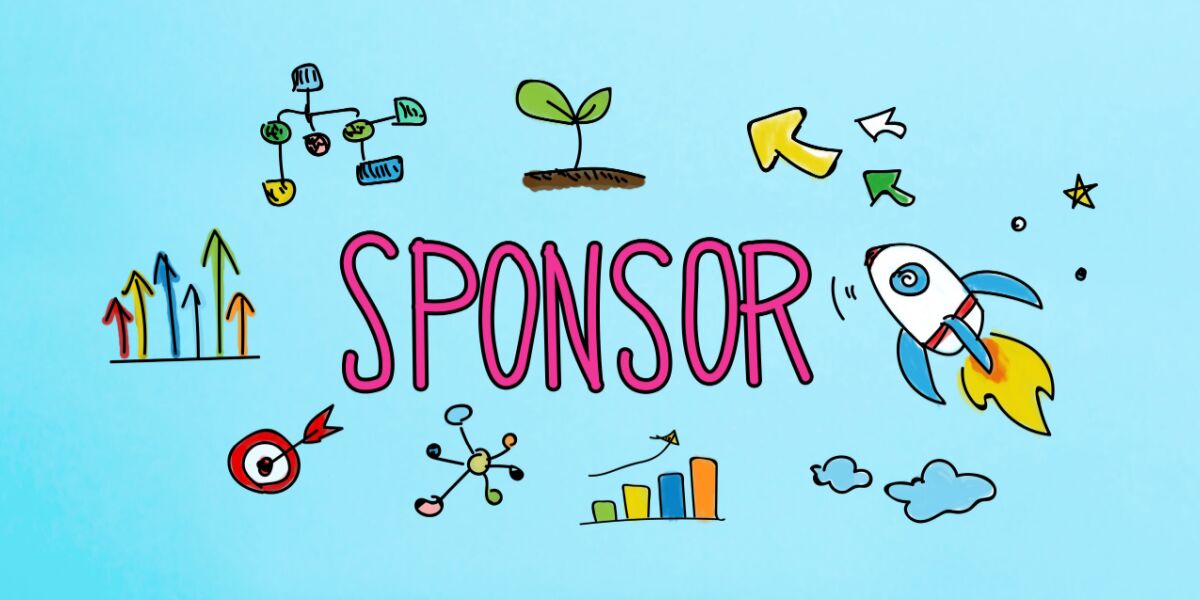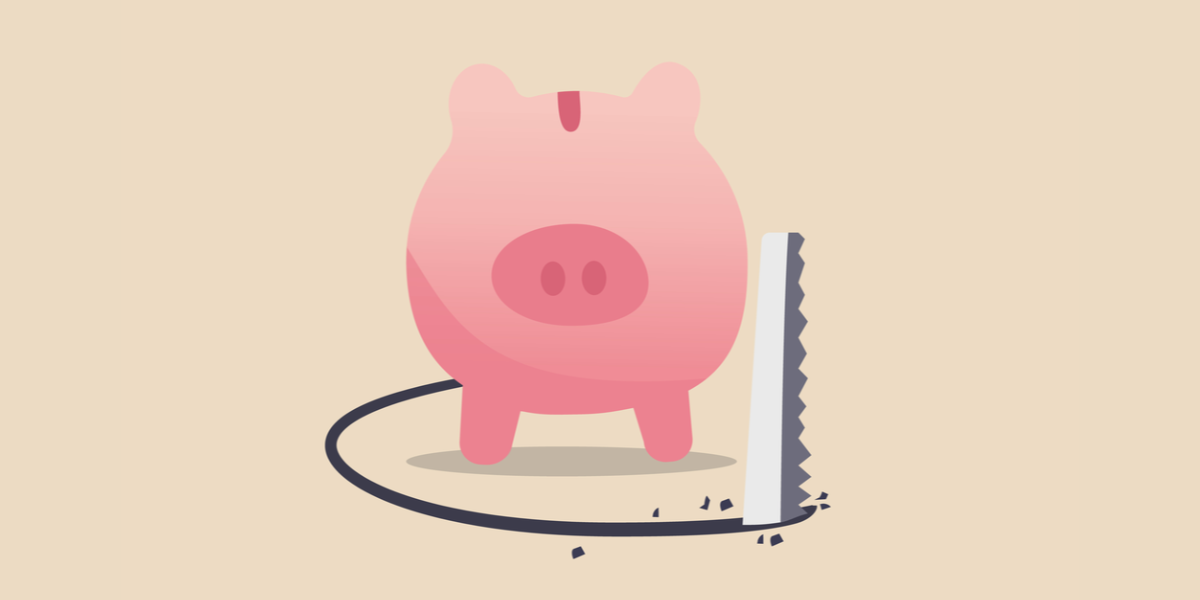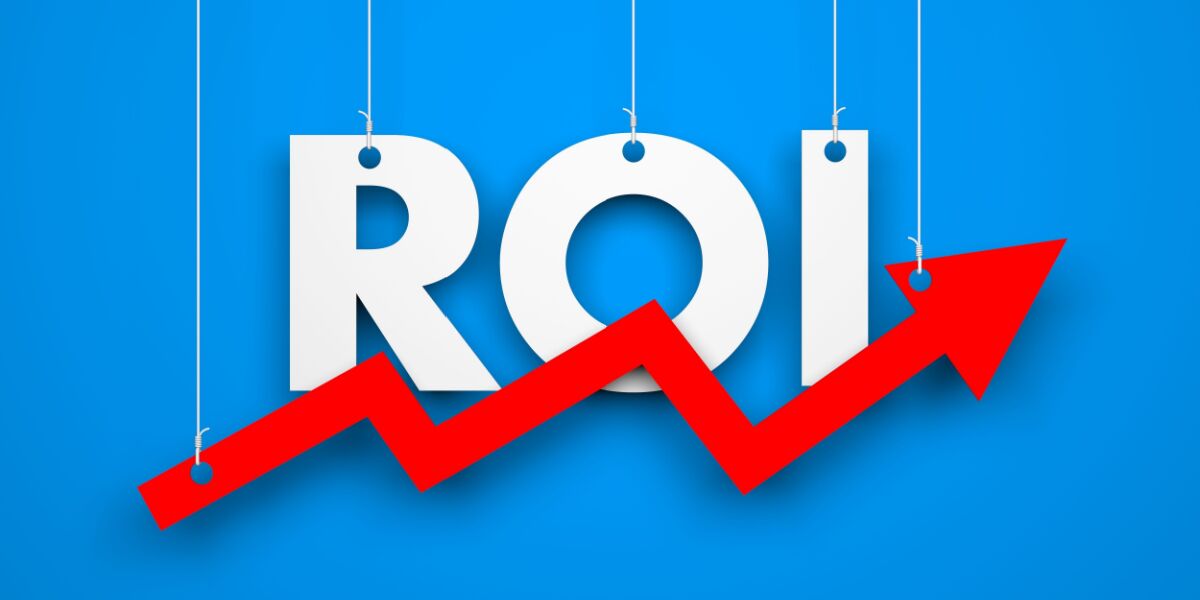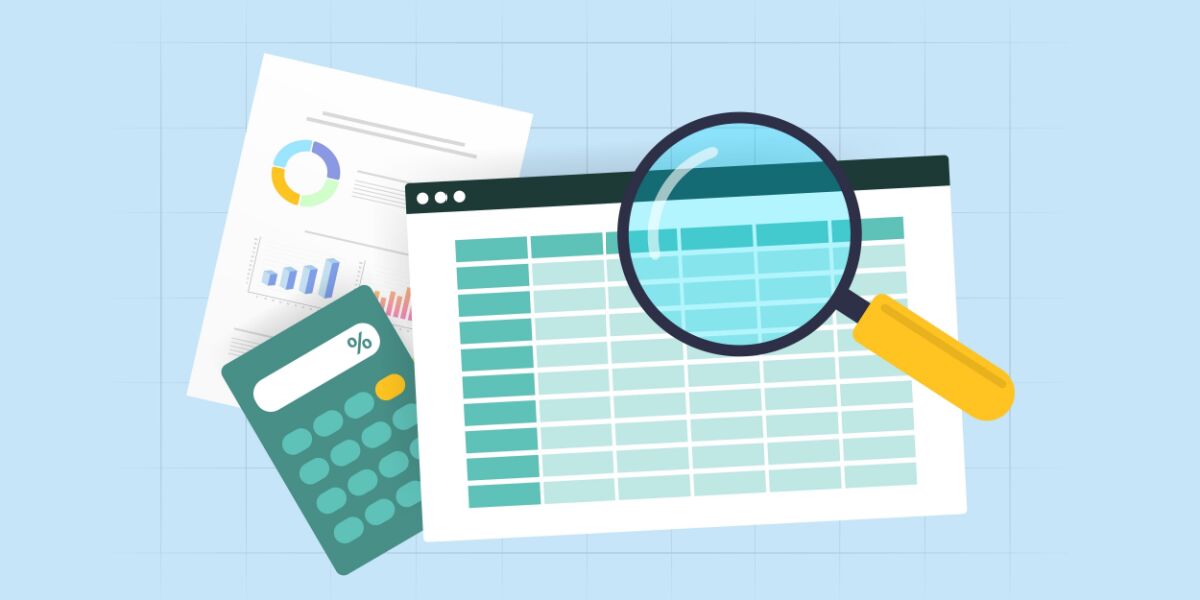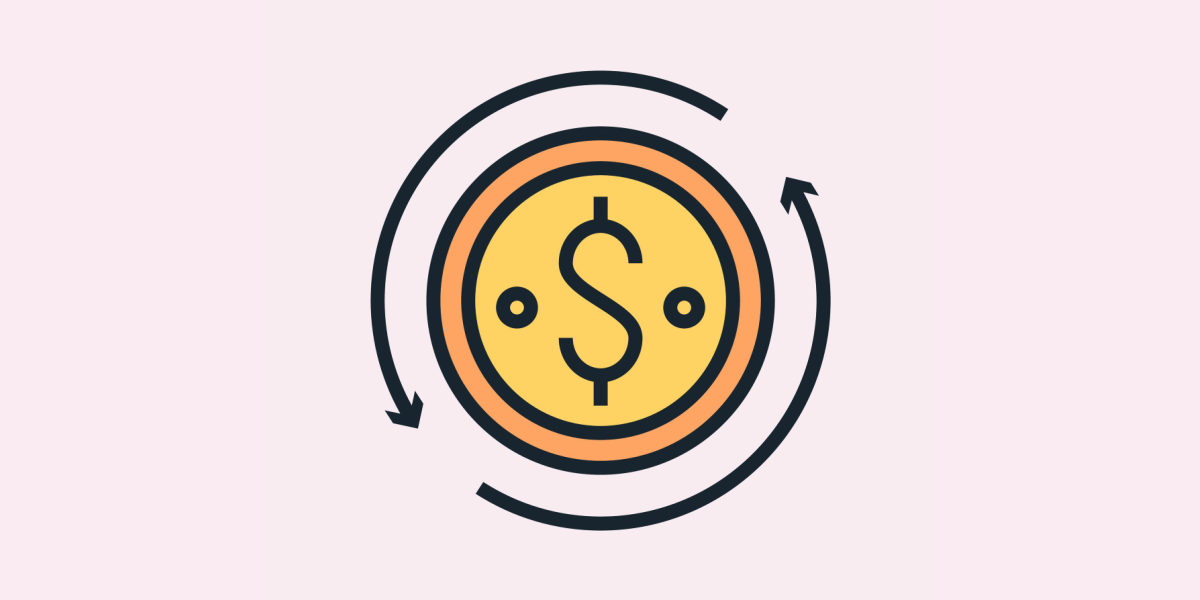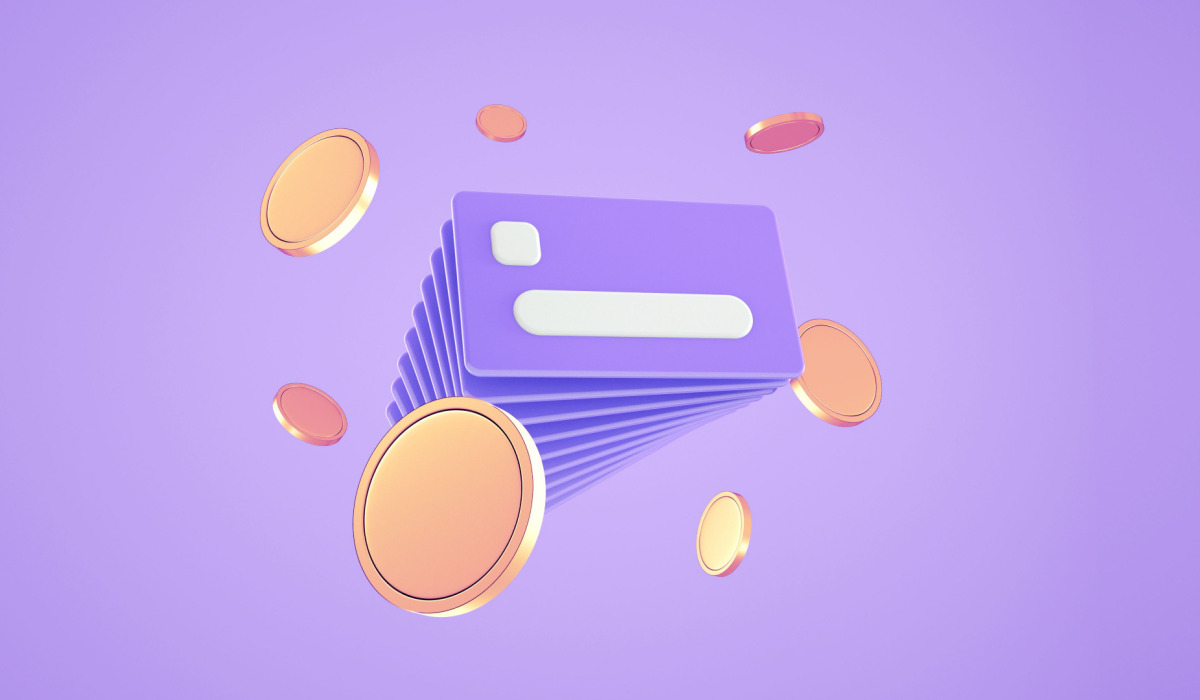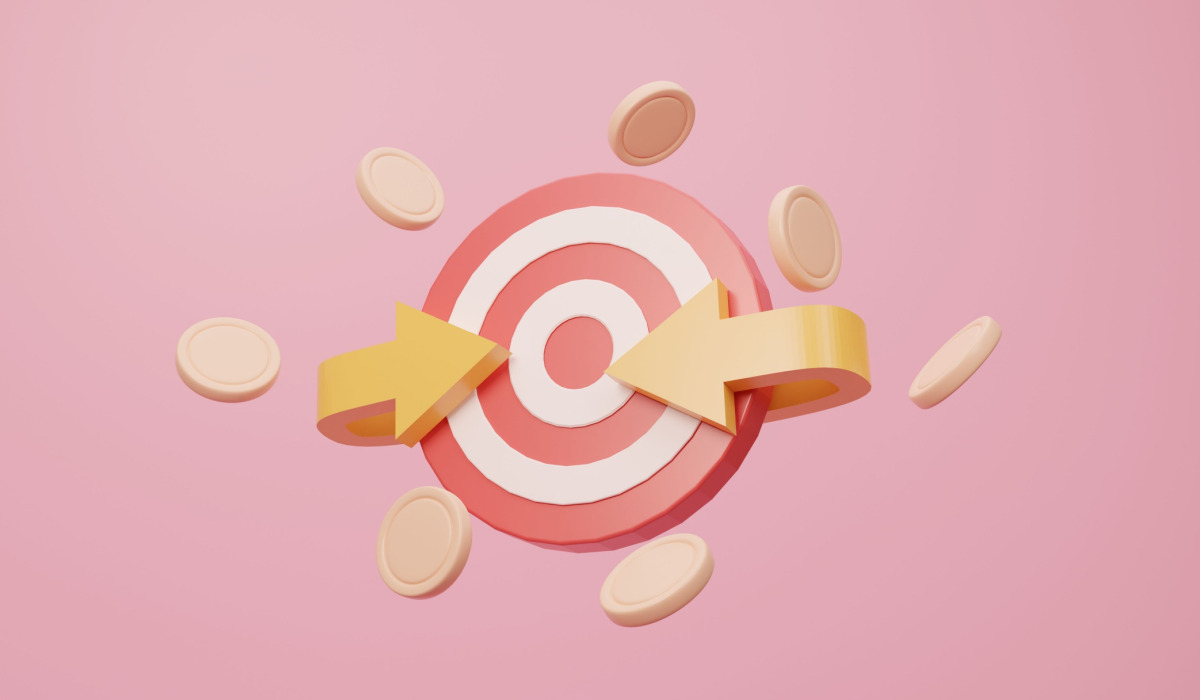If you’ve built an audience around your blog, newsletter, or podcast, you may feel on top of the world. Like a downright celebrity, even. But now what?
First, congratulate yourself. You’ve already achieved what many consider the hardest part of monetizing an audience—the process of actually amassing said audience.
Getting a group of people to rally around your ideas is an enormous challenge that most business owners, subject matter experts, and artists never achieve.
But just because this initial challenge is behind you doesn’t mean there isn’t more challenging work ahead. If you want to actually make some money, while maintaining the trust you’ve fostered among your following, you’ll need to sell something that your followers find immensely valuable.
You don’t want to burn a bridge of trust that took this long to build. In fact, if you do things right, you should continue to grow your following even more, because selling amazing products is a way to show your audience why you’re really worth following.
Walt Disney once said, “We don’t make movies to make money, we make money to make more movies.” That’s a good way to think of monetizing an audience. Selling products should simply serve to enrich your business, so you can keep sharing your best ideas with the world.
Ways to Monetize an Audience
When you monetize your audience, you’re creating opportunities to add greater value to the community than you could by only offering free resources. The right offering of digital products can unite and grow your community to become more enriching, connected, and satisfied than ever.
First, let’s get the technical part out of the way. Here are popular ways to monetize an audience:
- Host display ads on your blog or in your newsletter
- Create and sell physical products
- Sell a productized service
- Begin a Patreon where people can support your creative efforts
- Create a paywall
- Promote other people’s products
- Become an affiliate marketer
- Create an event
- Launch a mastermind group
- Leverage your audience to gain paid speaking gigs or book contracts
- Create and sell digital products or subscriptions to products (like software, courses, or ebooks)
For the sake of today’s article, we’re going to focus on that last one: selling access to digital products. For that topic, we brought in the big guns.
Ilona Abramova is the director of content at AppSumo, a company that’s nailed the business model of selling digital products to their following for over a decade.
AppSumo partners with new digital products, think SaaS companies, to offer enormous discounts to its audience. AppSumo’s following stays happy because they get crazy exclusive deals on up-and-coming software. The partner company gets an influx of real customer feedback, users, and startup capital.
How Big Does My Audience Need to Be?
So how many email subscribers, Facebook group members, or blog readers do you need to start selling products?
In 2008, technology writer Kevin Kelly wrote an article that would become a business classic. The blog post was called 1,000 True Fans and it has been quoted by numerous business celebrities, from Tim Ferriss to Seth Godin.
The premise? You don’t have to attract millions of followers to build a sustainable career. In fact, Kelly argues that all you need is 1,000 true fans to make a comfortable living as a creative. The key is in the simple economics: If 1,000 people spend $100 dollars on you every year, you’ve just earned $100,000.
The point isn’t reaching the six-figure mark or crossing the 1,000-fan threshold. Kelly was simply conveying that the imaginary bar for making a good living by monetizing an audience is lower than you might think.
Seth Godin concurs. In multiple blog posts, Godin explores the idea of serving a “minimum viable audience.”
We’ve all heard that if you try to please everyone, you’ll end up pleasing no one. This is exactly what Godin means. If you aim to please too many people, or gain too large of an audience, then you may become so average and basic that no one cares enough to buy anything you try to sell.
So, assuming you have a “big enough” audience (whatever that means), what does it take to sell them something they’ll love?
How to Monetize an Audience
Most audiences gather around one big idea, goal, or hobby. There’s a shared rapport that draws each member to join and participate in the group.
Maybe your audience gleans a lot from your business acumen. Maybe they follow your writing career because your stories and ideas inspire them to see the world differently. Maybe they find your perspective or experiences to be countercultural or over-the-top.
Either way, there’s a shared idea, dream, or desire that threads through your audience. Before you can sell anything to your audience, you must be clear about the theme that anchors your readership.
You can’t sell just anything to your followers. There’s a process of learning, trust building, and maintaining relevance that comes first.
Understanding that shared interest will tell you what to sell. Distilled to its simplest form, monetizing an audience with digital products literally comes down to asking your audience what they want to buy, creating that product or service for them, and then announcing it within the group.
So let’s talk bare bones. What are the absolute basics for successfully selling digital products to your following?
I believe it comes down to three things:
- Understanding what your audience wants (by asking them)
- Creating a relevant product that adds value to your following
- Maintaining a brand that your followers trust
Here’s how to translate that into action.
Gather Insights About What Your Audience Wants
You’re probably not clueless about the interests of your audience. After all, it’s your ideas that probably drew them together in the first place. No matter how well you know your audience, however, it’s good to learn more, especially if you want to turn your free audience into a group of prospective product buyers.
AppSumo relies heavily on audience feedback and behaviors. Ilona explains:
AppSumo has been around for a decade so we’ve seen trends in the industry and in buying behavior. Because of our close relationships to the startups we work with, we’re able to have a “watchtower” view of what’s happening in tech. We also send out surveys and post in a very active Facebook group to gauge what our audience is looking for and how we can fill the gap for what their business needs.
But how do gain those insights if you don’t have partners, or you’re just getting started?
There are many ways. Here are some tactics for learning more about what your customers actually care about (i.e. what they’d be willing to buy):
- Gathering first-party data: Yep, I mean going into your group, newsletter, or blog to spark real conversations with your audience. Use surveys or quizzes with a few short, well-thought-out questions to gather insights.
- Review harvesting: If you’ve already sold your first product or are familiar with products your followers have purchased from other people along similar topics, you can dive into the reviews. What are some of the common themes, problems, or questions you see in reviews? Where do products seem to get things right or totally miss the mark?
Those insights should inform two things. By gathering information directly from your following, you’ll learn what they’re interested in, which will tell you what sorts of digital products they’re willing to buy. In addition, you’ll know the best language to use for selling those products—you can literally use the reviewer’s own words to make your case.
Create Your Best Digital Product
A sure way to cause your followers to lose faith in you is to sell them something that feels poorly thought out. Maybe this goes without saying, but for the record—make sure you produce something really killer.
I know, I know, beauty is in the eye of the beholder. But people can tell when you threw something together in an afternoon versus something you poured your heart and soul into.
If you invest the time and energy to create something you’re proud of, your followers will notice. The goal is to create lasting, memorable products that solidify the trust your followers have in you. Here’s an in-depth post on how to create an online course just like we do here at Foundr.
Make the First Sale: Tactics for a Strong Launch
It’s that time, the moment of truth. You’ve gathered the data. You’ve created an awesome digital product. Now it’s time to sell.
For this part, there are several key tactics.
Ilona recommends starting with something free and leading followers to a purchase through seamless upsells.
If you’re looking to create a paid course, for example, market a free lite version that’s packed with value so you’re nurturing potential customers and getting them excited about your content, so they’re more willing to buy. Once you’ve established a community of buyers, it’s easier to transition into doing more selling.
You should also build momentum around the product by announcing and talking about it for weeks prior to launch. Make sure to explain some of the benefits, why you created it (“because you asked me to”), and how it’s a perfect fit for your following.
You can also offer limited-time promotions to drive early interest, like telling your following that the first 75 users get 50% off.
Here’s an in-depth post on every step Foundr took to launch its first successful online course.
Don’t Bait and Switch Your Followers
If you have built a trusting relationship with your following as someone who offers free resources, they may get upset with you if everything changes overnight and suddenly you’re all about closing a sale.
You should continue to provide value for free.
Veteran copywriter Bob Bly recommends that at least half of the content you produce should stay geared toward providing educational content for free. As long as one half remains entertaining, value-packed, and free, it’s fine for the other half to be hustling your products.
Or, as Ivan Kreimer explains about Foundr’s ratio of free vs. paid education content, “While 90% of our education is free, our paid courses let us take you by the hand and teach you the remaining, crucial 10% that will help you get on your feet and then cross the finish line.”
This also ties into maintaining trust with your audience. Your brand should be clear across your free and digital products. After all, the same generous voice offering free advice can be equally generous through paid digital products.
As Ilona puts it:
Brand voice is key! We’ve developed a really informal, yet informational tone with our customers that has earned their trust and keeps them interested. We’ve also developed videos and webinar content with the customer in mind so that they can feel more comfortable and in the loop.
Get Feedback and Iterate
The job doesn’t end after you’ve had a successful product launch. In fact, maybe you’re just getting started!
Your next goal should be to turn one-time buyers into repeat customers by gathering feedback about what people thought about your product. This step is crucial to maintaining a brand that people trust, but it can feel scary.
You may worry you’ll hear something like: “Your product wasn’t worth the cost. I want my money back.” That, of course, is always possible. But if you’ve created a valuable product, it’s a pretty unlikely response from most customers.
Instead, you’ll probably get a mix of insights about what people loved, hated, or by omission, what they didn’t even notice. You can use that information to iterate your first product and create new ones.
Ilona says, “We work to build up different segments of our audience by introducing tools and gauging feedback and demand. We’ll run these sorts of experiments and take away learnings about our audience each time.”
Keep Growing Your Audience
If all goes well, selling products to your audience will make them love you more than ever.
As Kevin Kelly explains:
A true fan is defined as a fan that will buy anything you produce. These diehard fans will drive 200 miles to see you sing; they will buy the hardback and paperback and audible versions of your book; they will purchase your next figurine sight unseen; they will pay for the “best-of” DVD version of your free youtube channel; they will come to your chef’s table once a month.
That high-tier fan doesn’t happen by accident. People get excited about ideas and products that add value to their lives. If you pay careful attention to what your followers want and create top-notch products specifically for them, people will notice.
Not only will they buy your next product, but they’ll tell their friends. Those friends may even tell their friends. Before you know it, you’ll have a thriving business creating valuable products for paying fans. Remember, you’re an artist, creating work for enthusiastic patrons.
What’s your most successful digital product? Let us know in the comments.



